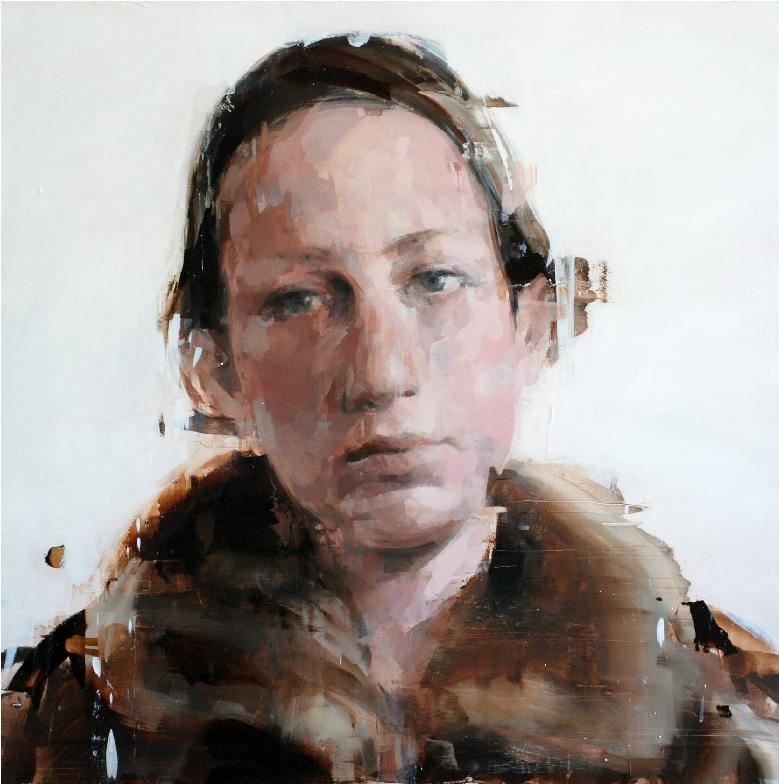
Interview with a Self-Taught Artist Whose Expressive Artwork Fuses Figurative and Abstract Techniques

Patrick Eugène: The Soul’s Immediacy — A Haitian-American Artist’s Ascendance in Modern Art
In the shifting realm of modern art, few artists emerge with the emotional clarity and cultural significance of Haitian-American painter Patrick Eugène. As a burgeoning voice in the contemporary art scene, Eugène’s oil paintings harmonize the familiar with the abstract, navigating the space between figuration and abstraction in a manner that resonates both personally and universally. Most recently showcasing with the esteemed Mariane Ibrahim Gallery at Frieze Los Angeles 2025, Eugène’s path is not merely inspiring—it’s transformative.
An Artist Forged in Tradition
Patrick Eugène is a self-taught creator who only fully dedicated himself to painting in his late twenties, making his rising acclaim even more remarkable. Growing up in a culturally vibrant environment rich with traditional Haitian art and the rhythms of Kompa music, he cultivated a sense of creativity from an early age. Although he initially focused on music and production, he redirected his efforts toward visual arts at 27—a choice that altered the trajectory of his life.
His initial creations were more figurative, motivated by a quest to explore the human figure. As his confidence and skills developed, so did his adventurous spirit. Eugène increasingly embraced abstraction, ultimately merging both styles in a way that highlighted emotion over accuracy.
“I appreciated the freedom [of abstraction],” he states. “But I also understood that if I could infuse that same emotional richness into figurative work… then I would come back to it.” This ongoing exchange between form and emotion is fundamental to his artistic expression today.
The Core of Human Emotion
Eugène’s artworks are strikingly intimate. They portray solitary individuals in reflective moments, their poses and expressions infused with contemplation. Set against minimalist backdrops that evoke a sense of ageless solitude, these figures feel both nameless and profoundly personal. Pieces like “Serene” and “The Hours Left Behind” (both 2024) illustrate characters lost in thought, inviting viewers to imagine their narratives.
“It relates back to the notion of abstraction,” he reflects, addressing his minimal settings. “The vagueness of the backdrop allows for interpretation. It can represent anywhere; it can signify nowhere.” This stripped-down visual setting lets the emotional essence shine—a conscious choice to focus on feeling rather than spectacle.
By portraying brown bodies and accentuating their spiritual and emotional richness, Eugène situates his work within a broader dialogue on representation. His figures don’t exist merely for observation; they represent resilience, memory, and cultural legacy.
An Intuitive and Spiritual Process
One of the most intriguing elements of Eugène’s practice is his dedication to spontaneity. Rarely utilizing sitters or photographic sources, he instead draws upon intuition, ancestral memories, and music for inspiration. “My process is profoundly meditative,” Eugène describes. “I allow moments and impressions to build in my mind over time… I consider ancestral energy and strive to connect with something beyond the physical realm.”
By alleviating the pressure to create precise portraits, he enables his figures to manifest naturally. This approach not only maintains the genuineness of the art but also amplifies its dreamlike essence. His creations resonate with a rhythm derived in part from the Haitian music—particularly Kompa—that he enjoyed with his family during his upbringing.
Cultural Inspirations and the Spirit of Tenacity
Eugène’s Haitian roots are more than a backdrop—they’re pivotal to his artistic language. From the expressive textures and vibrant colors characteristic of Haitian visual arts to the emotional strength radiating from his subjects, his work embodies the depths of diasporic memory.
Inspired by trips to Haiti after the 2010 earthquake, Eugène has discovered rich artistic motivation in the nation’s resilience. “Observing the strength of the people, the beauty of the culture, and the historical layers instilled in me a stronger connection,” he remarks. That bond bursts forth from the canvas through expressive brushstrokes and emotive forms, transforming his figures into emblems of quiet strength and endurance.
A Promising Horizon in Global Fine Art
Represented by Mariane Ibrahim—a gallerist renowned for highlighting artists of African heritage—Eugène has swiftly emerged as a prominent figure in the international art landscape. His debut at Frieze Los Angeles 2025 received widespread critical praise, and several of his 2024 works, such as “Soft Places to Land,” “A Thought,” and “Nightflower,” have solidified his status as a compelling new voice in figurative art.
While Eugène remains modest about his future aspirations, the momentum behind his rise is unmistakable. “I’m continually advancing my practice,” he states. “Experimenting with fresh concepts, and discovering ways to challenge myself.”
His story, anchored in passion, self-drive, and heritage, speaks not only to his personal journey but to the tenacity and